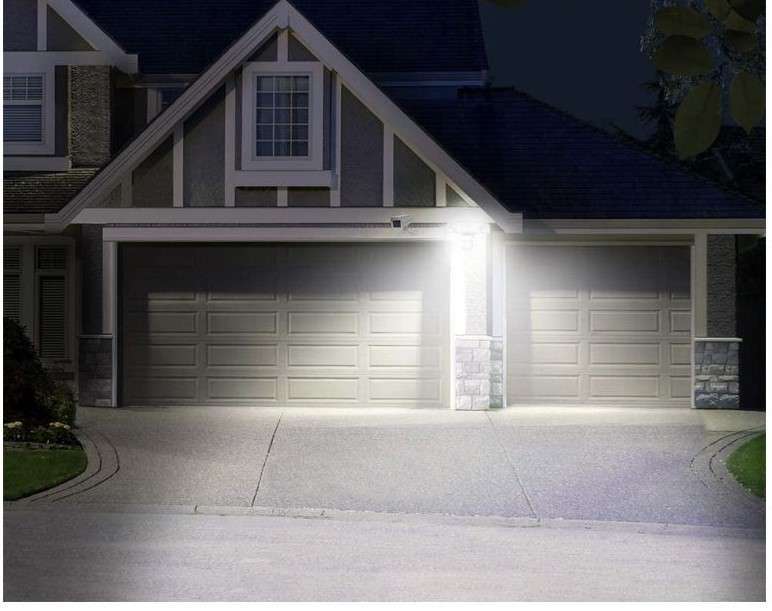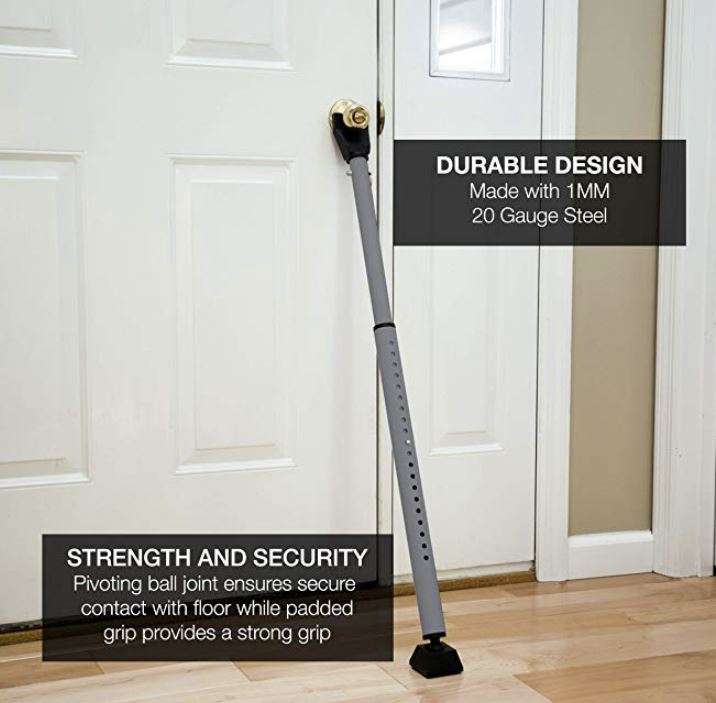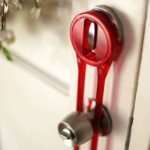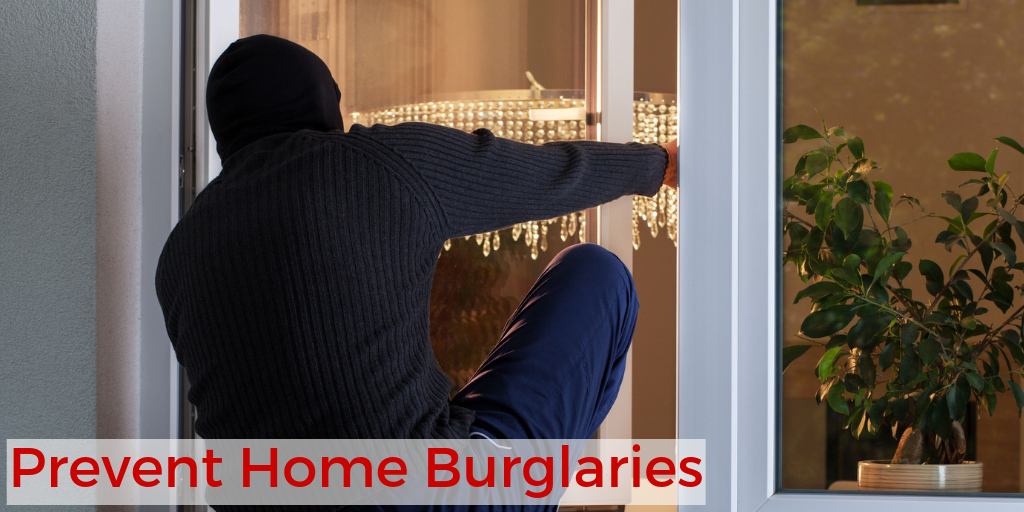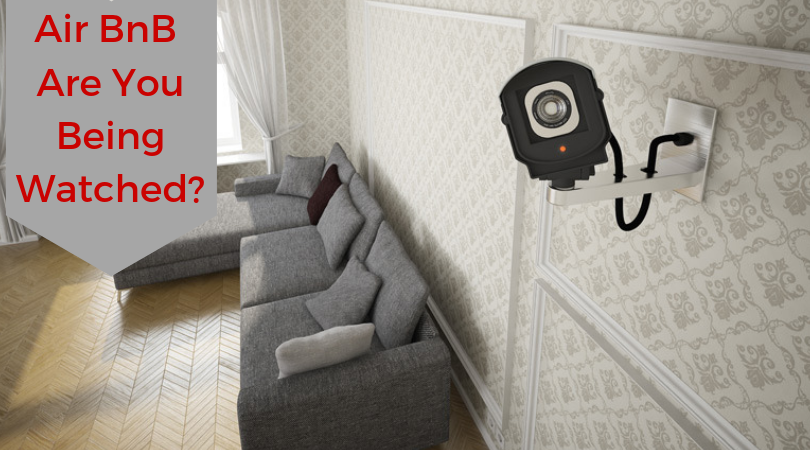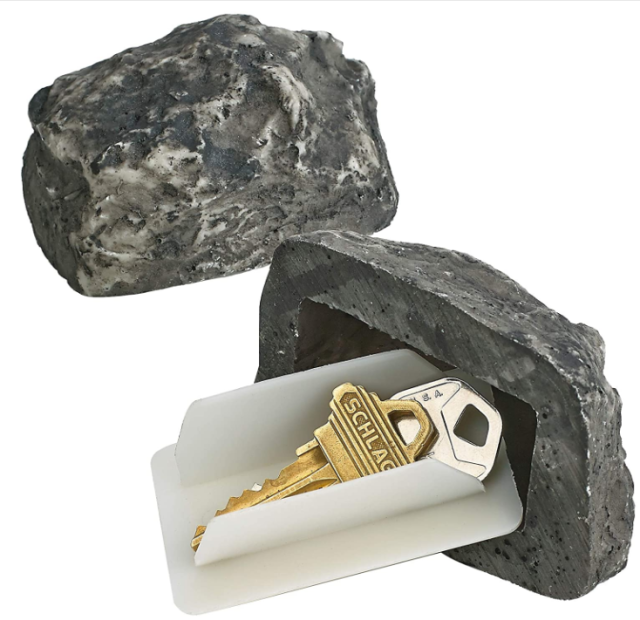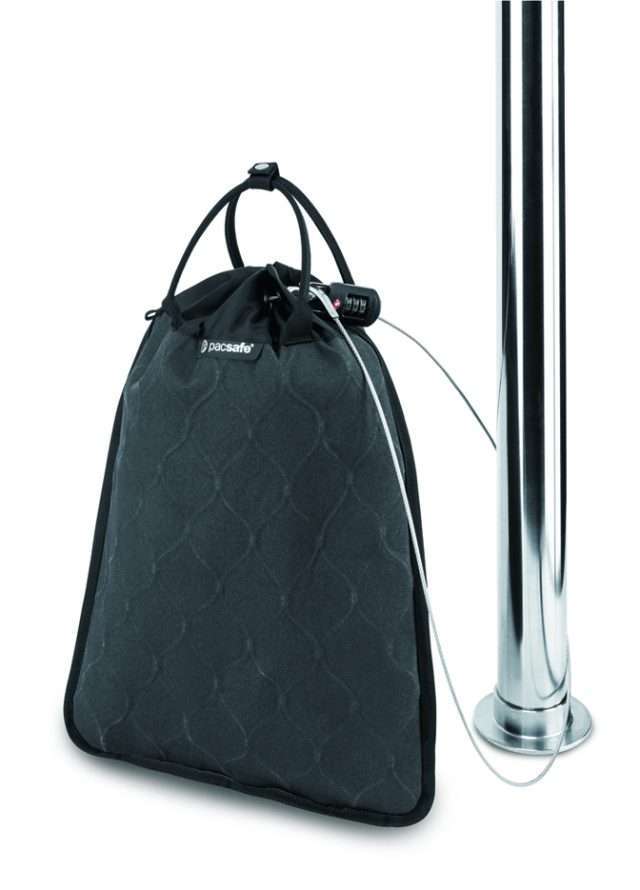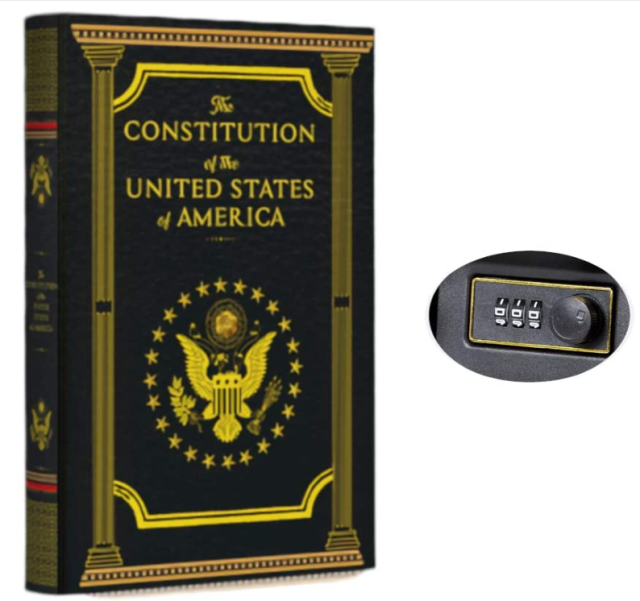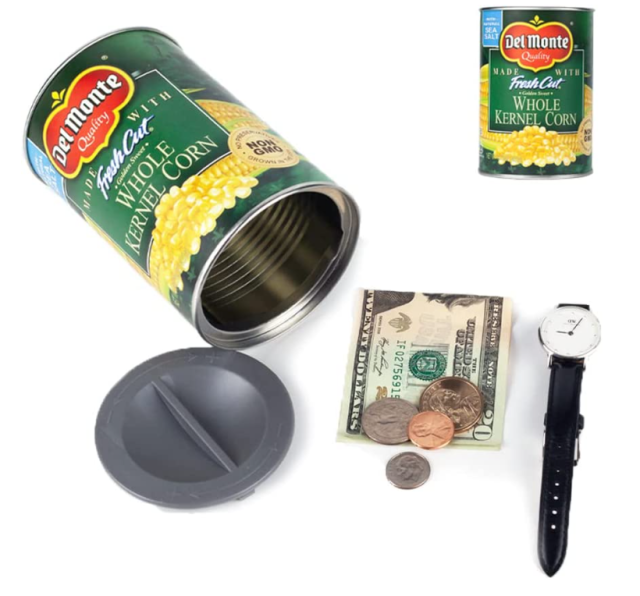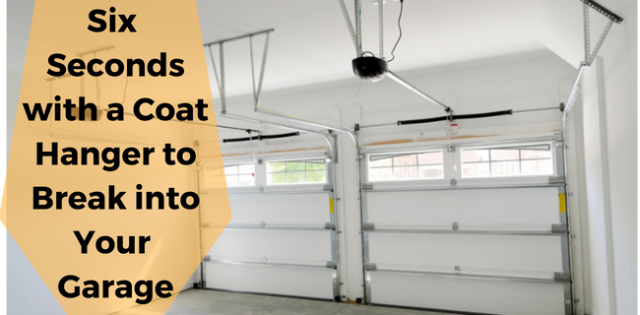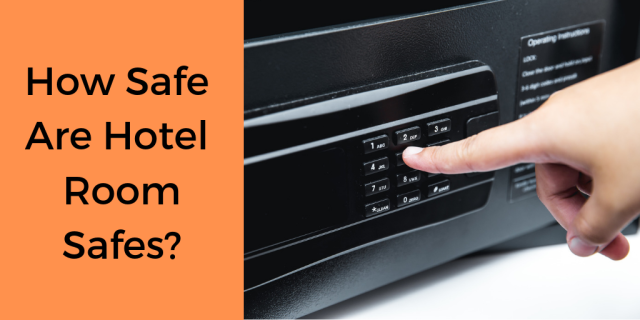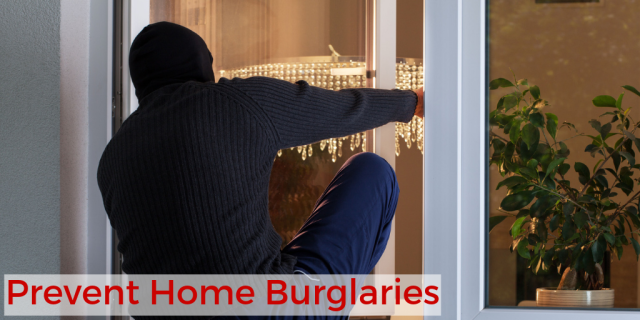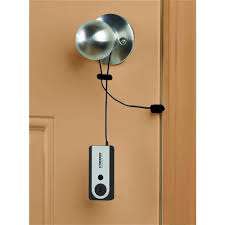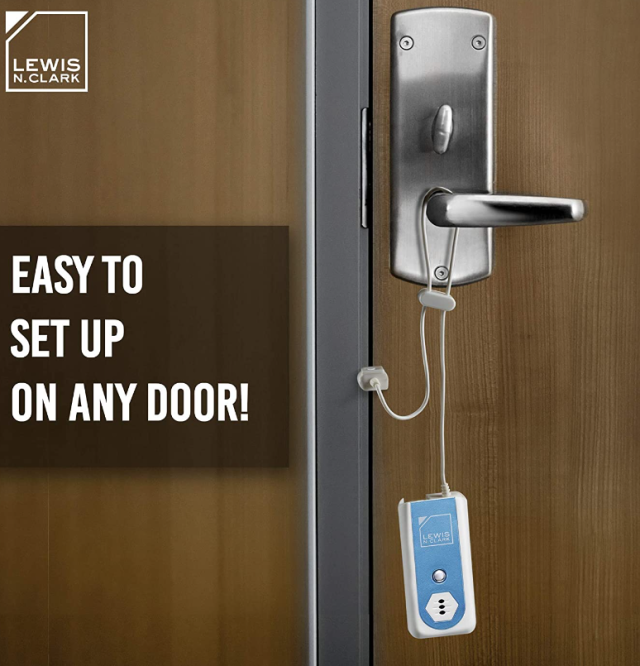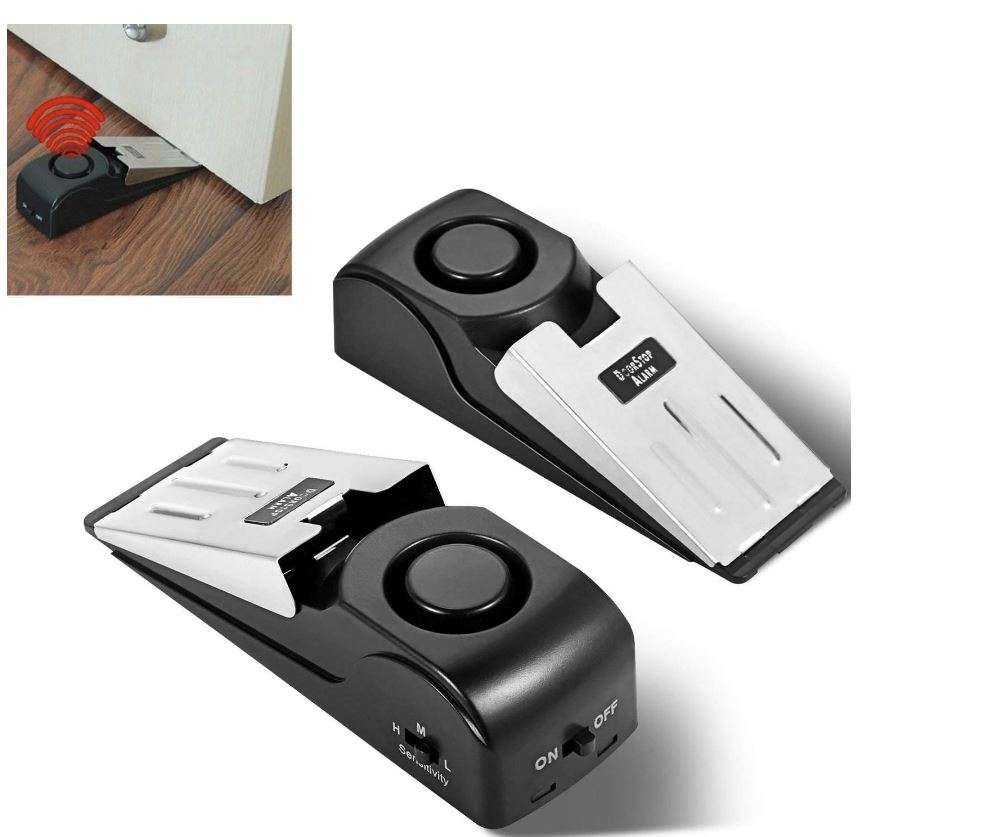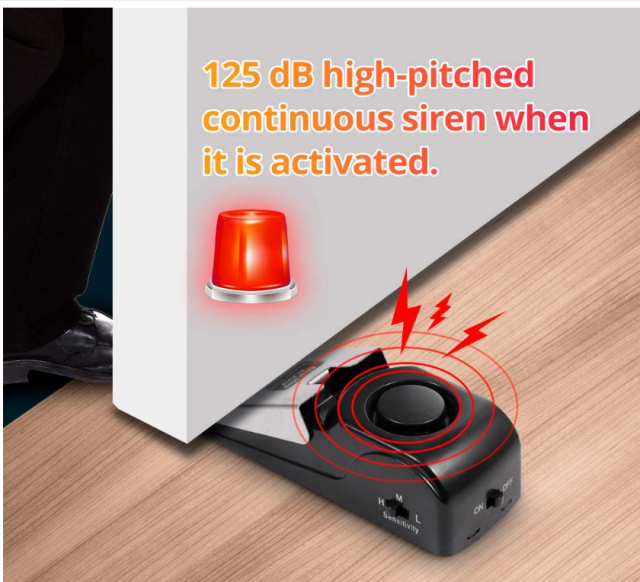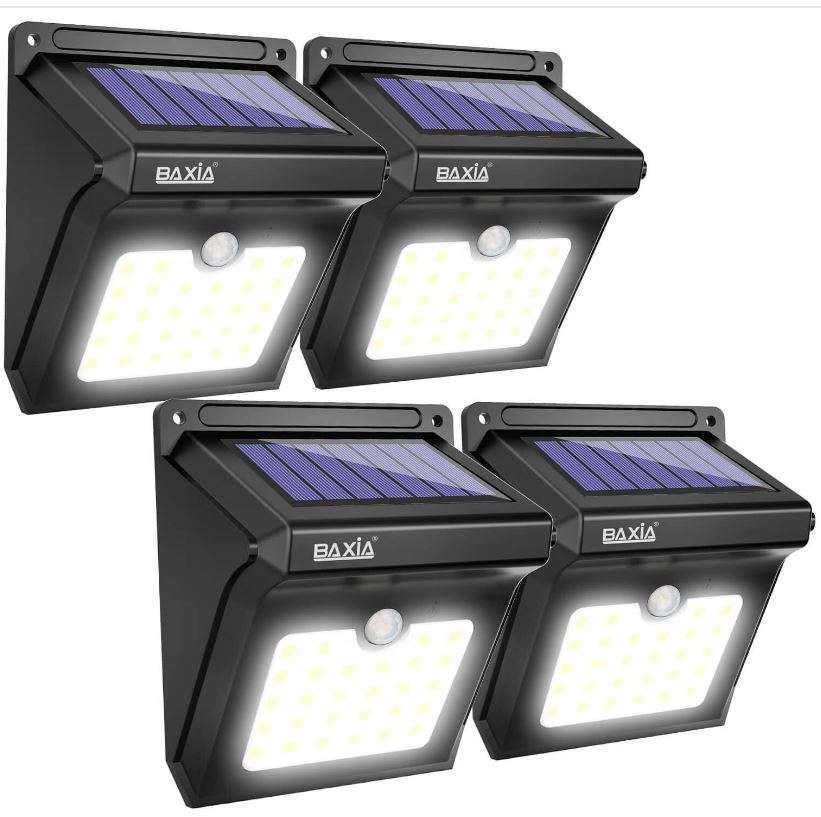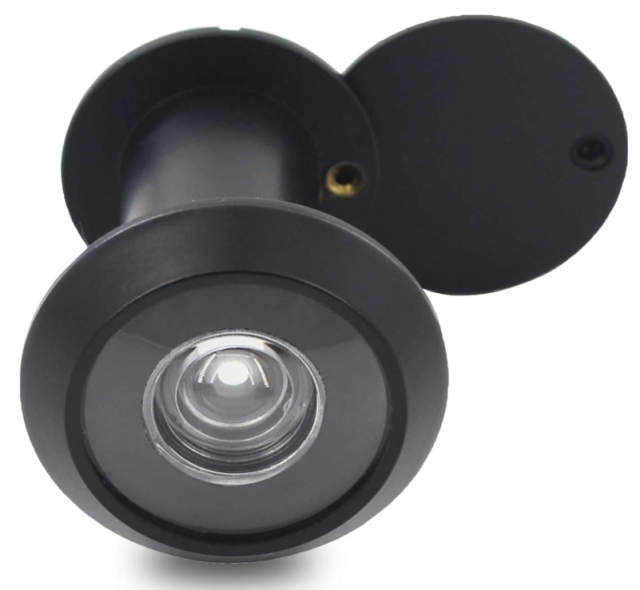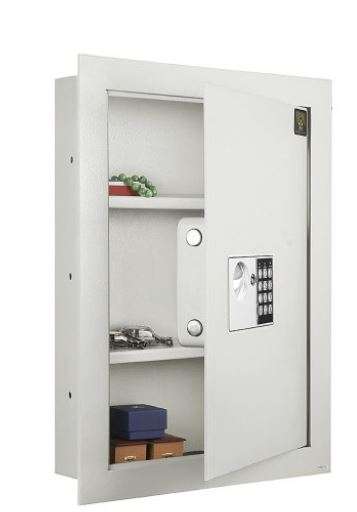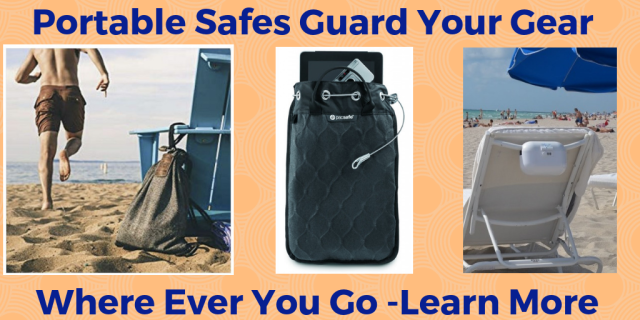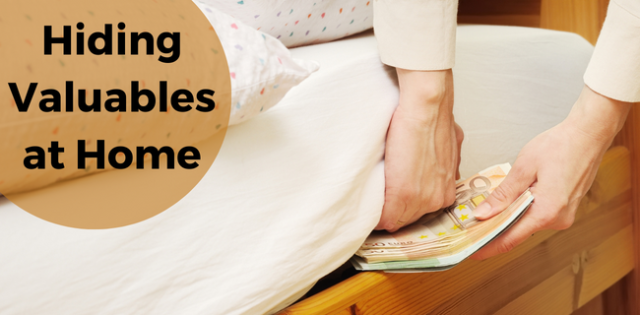How Thieves Break Into Locked Garages with Just a Coat Hanger
It is relatively easy for thieves to break into your home by the garage door. It only takes a few seconds, and with a little practice, you could do it too. Once you see how easy it is to break into a closed garage door, you should be inspired to take away the break-in method for thieves (we offer a couple of tips to do so). You might also check your habit to always lock the door between the garage and the house. If your lock on this door is weak, you can augment your lock’s integrity with various devices for additional security.
The following video shows how thieves can break into your home by the garage. Then read on for solutions to enhance your security and peace of mind.
This video demonstrates a solution to stopping garage break-ins.
How to Prevent Entry into Your Garage Door
Burglars know how easy it is to get into a home by a roll-up garage door, and now you do, too. As a homeowner, you need to know that a burglar can open a closed roll up garage door in seconds, with just a small block of wood and a coat hanger; that’s it!
This garage door safety release mechanism can be tripped from outside your garage door with nothing more than a coat hanger. To open up a roll-up garage door, all a thief needs to do is thread a coat hanger or hooked piece of wire through the top of the door and pull the emergency latch. By disengaging the safety release on your door, the door can be rolled up by hand to let a thief inside and then quickly back down as if nothing were out of the ordinary.
It’s very easy to defeat an automatic garage door opener and break into a garage, especially when you have garage door windows that enable a thief to see exactly what they’re doing. Even without windows the task is fairly easy and can be done just on feel and knowing the mid-point of your garage where the release cord is located.
What to do to Keep Burglars From Entering via the Garage Door
There are several simple, cost-free DIY methods to help foil thieves that break into your home by the garage door.
Remove the cord from the garage door release lever.
The cord attached to the emergency release lever is a convenience when you need to trip the lever like during a power outage so you can manually roll up the garage door. Removing the cord makes it more time-consuming for a burglar to get inside your garage. If it takes too long, the thief may give up rather than risk getting caught in the act of breaking into your garage.
In case of an emergency that leaves you without power, be sure you have a way to reach and release the lever so you can manually roll up the garage door to exit as the wall button or remote won’t work.
Lock the release lever into the engaged position while keeping the cord attached.
On some garage door openers, you can use a plastic cable tie or some thin wire to tie the lever to the carriage assembly it is attached to. The lever always has a hole in it (to attach the release cord), and some carriage assemblies have holes you can run the cable tie or wire through. If your garage door release doesn’t, you can drill a hole. The idea is that you need to make it virtually impossible for a flimsy coat hanger to catch the rope and have it pull the lever down. You do this using a zip-tie (or two) to lock the automatic opener’s engaging arm.
While this will prevent the bypass technique employed by thieves, the safety pull handle can still be yanked hard from inside the garage to break the zip ties in an emergency.
As long as you have power, both of the above solutions still allow you to use your remote control to open the garage door.
The best security option.
The best solution is to install a shield to block a wire hanger from grabbing the pull rope while still allowing the pull rope to hang low for a quick emergency opening of the garage door during a power outage. Installing the shield is easy.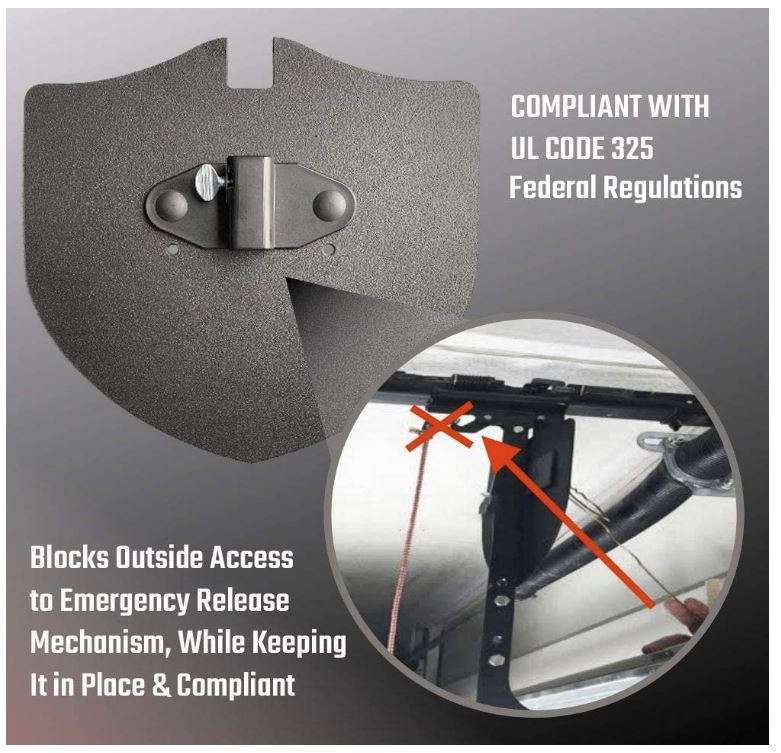
Install Motion Sensor Lights in front of your garage door. Thieves love to operate under the cloak of darkness. Once the light detects motion in front of your garage door, it turns on and remains on for a specified amount of time. Some lights are solar-powered and don’t require electricity, while other models are hard-wired. Here’s one model we like.
Lock the Door Between the Garage and House
Hopefully, you lock the door from the garage to your house every time you drive out of the garage. Many of us don’t lock the door between the house and the garage during the day as we’re coming and going. Even still, once a burglar has access to your garage and lowers the garage door quickly, they have plenty of time to bypass the door lock to your home without being seen. What makes it easier for burglars is that many doors aren’t built solid or have a deadbolt. Burglars can pick the lock with small tools they carry on them, or add insult to the injury, the burglars might breach the door lock by using the tools that most of us have in the garage.
Install a heavy-duty deadbolt on the door leading to your home as a permanent solution.
Install a security door brace on the floor of the door between the garage and house; it’s a more permanent solution that augments a good solid door lock.
Use a portable door jammer security rod on the closed door to stop the door from the garage to the house from being opened.
Use a portable wedge door alarm on the door leading from the garage to the house; it stops the door from opening and emits an alarm should entry be attempted.

Garage door alarms operate much like window locks; if they sense motion, they’ll emit a loud alarm.
 The Lock Locker stops deadbolts from turning Even stops a key.
The Lock Locker stops deadbolts from turning Even stops a key.
By making a few no-cost or low-cost adjustments to your garage door opening mechanism and outdoor lighting you can help stop thieves who try to break into your home by the garage door.



